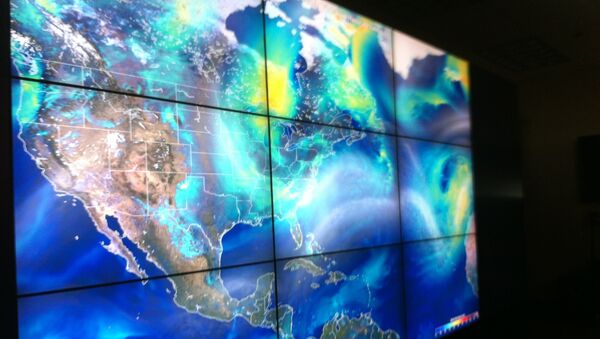The changes occurred in high-altitude air streams, heavily affecting trans-Atlantic air travel, Le Figaro reported.
The extreme winds were first spotted in January, when a commercial flight from traveling from New York to London arrived over an hour earlier than scheduled. It made such good time by catching a 200 mph jet stream across the North Atlantic, managing to reach an almost supersonic speeds.
Unfortunately, there was also reverse effect – flights heading in the opposite direction faced a considerable headwinds, leading to unscheduled stops for refueling in Canada and the US state of Maine.
James Screen, climate expert from Exeter University in England told AFP, “Certain models show that if the climate will keep getting warmer, the current’s trajectory could be subject to change and the speed might accelerate. However, current studies do not provide enough information to talk about steady tendency.”



